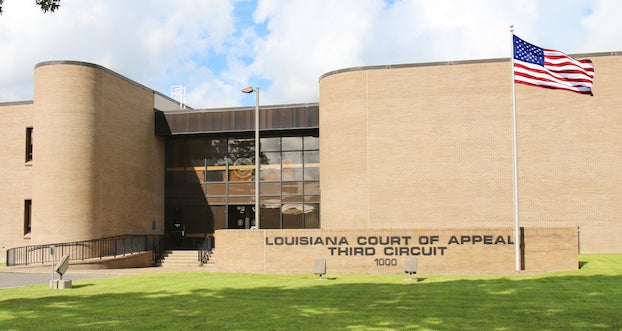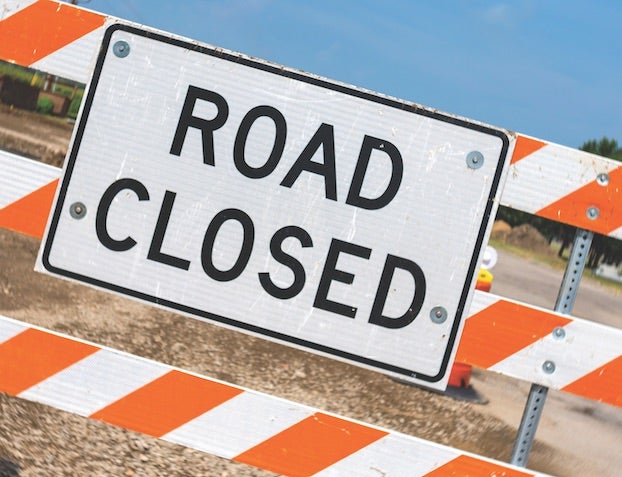Yellow rail bird a sight to see this weekend at Jeff Davis festival
Published 11:05 am Friday, October 25, 2013
THORNWELL — Expert and novice birders from all over the U.S. and Canada are flocking to the back roads and rice fields of Jeff Davis Parish this weekend on the lookout for the rare yellow rail bird.
“Ordinarily the yellow rail is one of the hardest birds to find, and this is the best place to see them,” said Bruce Hollingsworth of Madison, Ala., who has attended the Yellow Rails and Rice Festival in Jeff Davis Parish every year since the festival began in 2009.
“I have never missed one,” he said. “I come back because it’s fun and we have a good time looking for the yellow rail and a great time riding on the combine.”
On Thursday, Hollingsworth and hundreds of other avian aficionados from 27 states and two Canadian provinces descended on the rice fields of Thornwell armed with binoculars, cameras and field logs. Their goal is to see yellow rails flushed from the rice fields during harvesting.
The festival continues this weekend with plenty of bird watching, kayak tours of Lacassine Bayou, banding workshops, a rice mill tour, and field trips to the Cameron coast and Kisatchie National Forest. The group will also observe the rice harvest in some areas.
Birding is one of the fastest-growing pastimes in the country, said Bob Perciasepe, deputy administrator of the U.S. Environmental Protection Agency, who attended the festival for the first time this year.
“Sixty-three million Americans watch birds in their back yard, and 24 million travel every year to go see a bird,” Perciasepe said. “That’s putting tens of thousands of dollars in the national economy.”
The festival is also an excellent way to promote the rice industry, according to Kevin Berken, chairman of the Louisiana Rice Promotion Board. Berken has grown rice in the Thornwell area for 18 years.
“The festival is also an opportunity to see the yellow rail because rice, more so than any other crop in the U.S., produces more wildlife,” Berken said. “It’s a perfect relationship between growing rice and habitats for birds and other wildlife.”
Birds like the rice fields, and the second rice crop allows the yellow rails to migrate to a dry area after spending their summers in Minnesota and Canada, he said. “The habitat we provide birds also provides food for those around the world,” Berken said.
Even without a crop, the rice stubble in harvested fields provides protective covering and habitat for the birds, especially ducks and geese, he said.
Anne Mayville of Syracuse, N.Y., who is working on her big year for birding, was among the first-timers at the festival.
“I’ve traveled all over to different parts of the country getting local birds (on a birding list),” Mayville said. “My personal goal is 500 birds this year, and this is the 10th festival I have been to and I’m up to 489 birds on my list. I’ve never seen a yellow rail, but it’s a life bird for me and I intend on seeing it.”
Kathleen Sullivan of Boulder, Colo., has been birding for 35 years and made the trek in hopes of catching a glimpse of her first yellow rail.
“The yellow rail is a very hard bird to see if you are not doing something like this festival,” Sullivan said. “The festival is a chance to see the yellow rail, which is the number one target for the group.”
Jim and Sandy Kovanda, drove 946 miles from Bellevue, Neb., to attend the festival after learning about it from a friend. “We’ve been birding 30 years and have never seen the yellow rail. Hopefully we will see it today,” Sandy said.
“Even if we don’t see the yellow rail, it has been worth the trip,” added Jim.
The couple travels all over the U.S. birding.
“Once you catch the birding fever it makes trips a lot more interesting,” Sandy said, noting that they travel more now than they used to because of their hobby.
Bob Reed, and his wife, Pat of Tallassee, Ala., have attended the festival for three years. “It’s a wonderful marriage of Eastern and Western birds here that are not common anywhere else,” Bob said.
The Reeds have been birding for nearly 30 years. “It’s something we can do together and enjoy,” Pat said.
Megan Nepshinsky, of Rhode Island, was excited at the chance to see a yellow rail in the wild ride on a farm combine. “I have never seen a yellow rail, so it will be really exciting,” she said.
In addition to seeing the yellow rails, the group also spotted lots of ducks, geese, ibises and grackles in muddy fields and in freshly cut rice fields. Other sightings have included a bald eagle, long-billed dowitchers, stilt sandpipers, cowbirds, Inca doves and scissor-tailed flycatchers.





